7mm-08 Remington vs 270 Winchester : Head-to-Head Throw-Down
Little fast bullets have become all the rage in the American market but this wasn’t always the case. There used to be a time where bigger was always better but men like Jack O’Connor paved the way for small, fast bullets. Today we are talking about small, fast bullets… Well, relatively small and fast. The 7mm-08 Remington and 270 Winchester came to be because someone decided they wanted to neck down a bigger case for a smaller bullet.
Both cartridges are somewhat odd ducks, and they are mostly dedicated to hunting cartridges. Both rounds also have a cult following, and both deserve their place in our caliber contest.
7mm-08 vs 270 Spec Comparison
| Specification | 7mm-08 Remington | 270 Winchester |
|---|---|---|
| Bullet Weight | 140 - 175 gr | 90 - 150 gr |
| Bullet Diameter | 7.2mm | 7.04mm |
| Case Length | 51.7mm | 64.52mm |
| Max Overall Length | 71mm | 84.84mm |
| Case Capacity | 52.2 gr H20 | 67 gr H20 |
| Max Pressure | 61,000 PSI | 65,000 PSI |
| Parent Case | .308 Winchester | 30-06 |
Why Compare the 7mm-08 vs 270

The best reason why two cartridges should face off are not their differences but their similarities. The 270 Winchester uses the 30-06 as a parent case with the little 270 caliber projectile. .270 of an inch equals 7mm. So the 7mm-08 and the 270 Winchester utilize the same projectile size, and that’s probably the biggest thing they have in common.
Next, both come from the same lineage. The 270 Winchester uses the 30-06 parent case. The 7mm-08 uses the 308 as a parent case, and the 308 succeeded the 30-06 as the United States military cartridge of choice. In a six degrees of Kevin Bacon-like fashion, the two rounds have long circled each other. They compete for the same wedge of the market, and many a gun store discussion have involved the two rounds.
Both rounds share a popular place among hunters and serve as moderate to long-range cartridges capable of taking down most North American game. These two rounds will make short work of deer, mule, elk, and even bear when put to the test. These 7mm rounds are very fast and hit quite hard. At the same time, they aren’t too rough on the shoulder of the shooter. No one wants to walk away bruised after a day at the range.
While they have a lot in common, they are made by two fierce competitors. Winchester produced the 270, and Remington produced the 7mm-08 cartridge. Winchester and Remington are two major names in the firearms world, and they produce an incredible amount of cartridges, rifles, and more. When they put their name behind a cartridge, it’s worth noting, and when two of them do it with two very similar rounds, we have got to see who’s better!
Seeing two companies create similar cartridges, each with a similar purpose, face off on a global scale should be interesting. Let’s dissect, dive in, and rip apart the two cartridges to see who comes out on top.
It’s REM 7mm-08 vs 270 WIN: Cartridge vs. Cartridge.
7mm-08 Remington Review
Below, we’ll take a look at the 7mm-08 Remington cartridge, its history and purpose. We’ll also look at the best 7mm-08 ammo.
History and Purpose
Like most cartridges, the 7mm-08 began its life as a wildcat cartridge. Wildcats are non-SAAMI/CIP-approved cartridges often designed by enthusiasts who want a degree of ballistic performance that’s not currently available. That wildcat was known as the 7mm/308 and came to be in 1958. As a wildcat, it lived decades before being picked up by a major manufacturer. In 1980 Remington saw the potential, and the 7mm/308 became the 7mm-08.
As the name implies, the 7mm-08 comes from the 308 Winchester round. It utilizes the 308 Winchester casing, necked down to the smaller 7mm projectile. The smaller 7mm projectile allows shooters to utilize a wider variety of projectile weights which can range from 100 to 195 grains.
The 7mm-08 was designed for hunting and long-range shooting. As a hunting cartridge, the versatile projectile weights allow you to shoot medium game like coyotes, mid-weight rounds can take deer, and heavier cartridges can take elk. It’s tough to beat the versatility of the 7mm-08. It’s not appropriate for big bears but can take black bears.
The 7mm-08 premiered in the Remington 700, the Model 788, and the pump-action Model 7600. The round became popular with hunters who were ballistically inclined. It provides a somewhat soft shooting experience with a flat shooting cartridge.
Best 7mm-08 Ammo
Check out our recommendations for the 7mm-08 Ammo below.
Good for Hunting
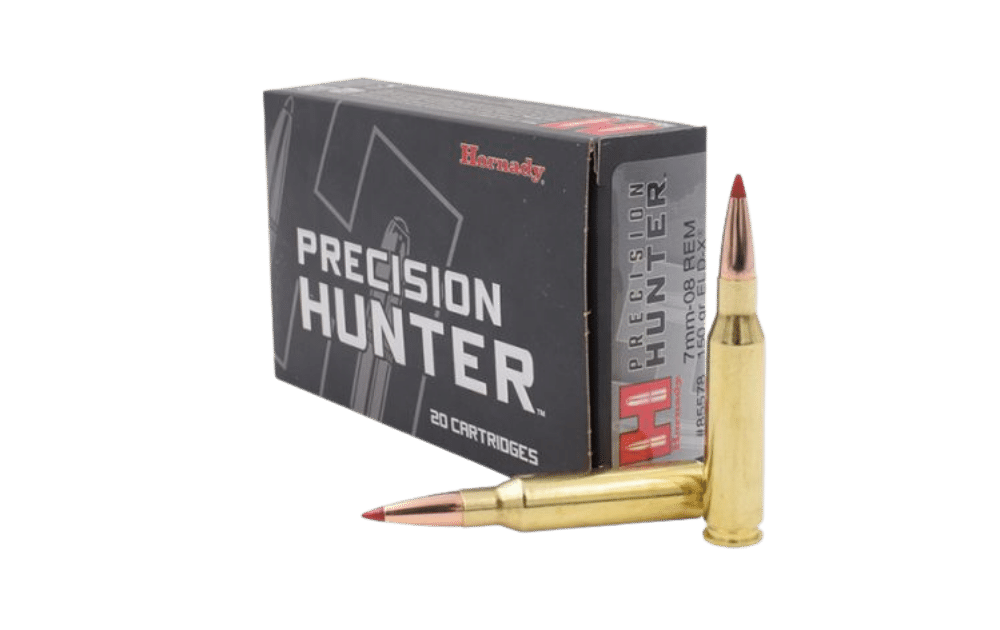
Marketplace |
Cost Per Round |
| Natchez | $2.20 |
| Optics Planet | $3.46 |
| Palmetto State Armory | $1.80 |
270 Winchester Review
The history and purpose of the 270 Winchester cartridge is a fascinating story. Below we will cover its history and purpose, as well as our options for ammo that would be great to pick up.
History and Purpose
The 270 Winchester was the love child of Winchester Repeating Arms and Jack O’Connor. Mr. O’Connor was a massive proponent of the cartridge and a huge Winchester rifle shooter. The cartridge premiered in 1925 and dropped the cartridge into the Winchester Model 54 rifle. With Jack O’Connor backing the cartridge through his very well-known articles in Outdoor Life, it became successful. After World War 2, in particular, the 270 Winchester leapt forward in popularity.
The 270 Winchester provided a smaller but much faster projectile than the 30-06. The smaller, lighter bullet delivered less recoil all around and delivered near the same ballistic performance, and in many ways, outshined the 30-06. This includes versatility with coyote killing 90-grain rounds up to 180-grain projectiles perfectly for dispatching elk.
The 270 Winchester hit hard and could take western game at a wide variety of distances. Hunters could take elk and mule deer across the flat ranges out west and up mountain ridges.
The necked down 270 projectiles hit nice and hard and flew nice, straight and flat. The 270 Winchester was one of the few rounds designed in a World War environment that wasn’t designed for military or martial use. The cartridge was designed purely for hunting and long-range marksmanship.
Best 270 Winchester Ammo
Check out our recommendations for the 270 Winchester Ammo below.
Great for Elk
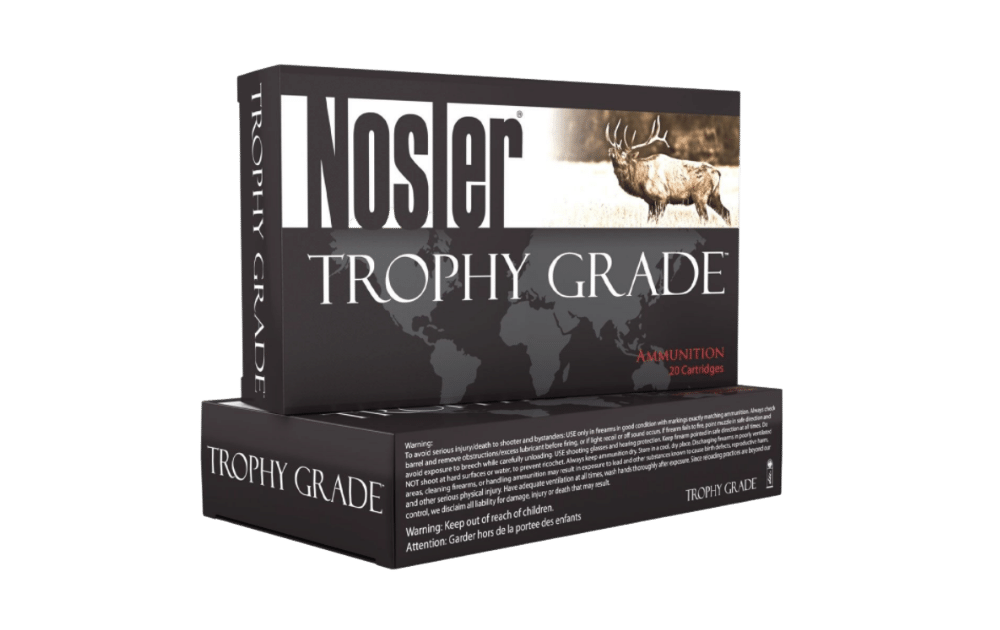
Marketplace |
Cost Per Round |
| Brownells | $3.65 |
| Palmetto State Armory | $2.18 |
| Optics Planet | $4.40 |
Great for Deer
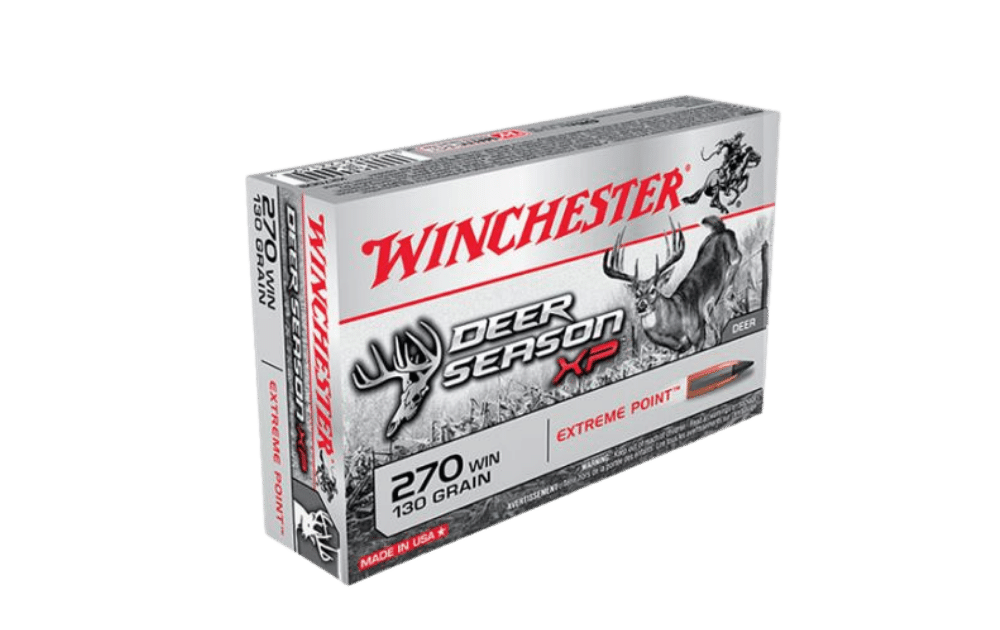
Marketplace |
Cost Per Round |
| Brownells | $1.95 |
| Cabela’s | $1.49 |
| Palmetto State Armory | $1.41 |
7mm-08 vs 270 Ballistic Comparison
Ballistically the rounds deliver similar performance. Their ballistic coefficients are often within .025 of each other. The 270 Winchester often beats the 7mm-08 in ballistic coefficient. The 270’s projectile is slightly smaller with a 7.2 vs. 7.4 sized slug. When you compare the ballistics of the two rounds, they are almost always right on top of each other performance-wise. The 270 Winchester often outperforms the 7mm-08.
Outperforms sounds dramatic, and in a way it is. The differences between the two are very minimal, almost inconsequential. Ballistic nerds may remark differently, but to my amateur eyes, they don’t seem too far apart.
Velocity wise the 270 Winchester always wins, but only by a hair. From the muzzle out to 500 yards, the 270 Winchester beats the 7mm-08 by roughly 100 feet per second. This remains consistent when you compare a variety of projectile weights over a variety of distances. The 270 Winchester retains supersonic speed by about 100 yards over the 7mm-08.
Max range wise the 270 Winchester does have less drop overall, but again it’s minimal. Out to 500 yards, the 7mm-08 drops about 3 inches more than the 270 Winchester. It’s mild and at common hunting ranges of say 0 to 300 yards, the difference in fractions of an inch at best.
Wind drift also only differs by just a little bit between the two cartridges. Again, the 270 Winchester edges a little beyond with less wind drift, but again by inches or fractions of an inch. In all categories, the 270 Winchester seems to come out on top just a bit.
So what’s the point of the 7mm-08? Well, the 7mm-08 delivers you almost identical performance with a short action cartridge. The 308 was the first short action cartridge, and as such, the 7mm-08 gives you a lighter and shorter rifle, and it’s a cartridge easier to utilize in semi-auto platforms.
Recoil and Muzzle Rise
Swinging in to finally be the victor is the 7mm-08. The 7mm-08 provides noticeably less recoil than the 270 Winchester. When measured in foot-pounds of energy, the 7mm-08 delivers about 5 fewer foot-pounds of recoil. It’s not insanely significant, but it should be noted that it’s noticeable, and many may choose the lighter recoil over the 270 Winchester.
The performance differences downrange aren’t much, but the feeling on your shoulder makes a big difference. Muzzle rise between the two is tough to gauge. Since most rifles for either cartridge are single-shot bolt actions, it’s tough to call which jumps more.
For overall faster follow-up shots, I’d imagine the 7mm-08’s shorter action will be slightly faster to utilize. That makes more of a difference than muzzle rise as far as I’m concerned. 270 Winchester rifles will be longer and therefore heavier, and that can help with recoil, but even so, the 7mm-08 pulls ahead.
Rifle Selection
Boy, oh boy, if you want a bolt action rifle, then you’ve chosen the right calibers. It’s tough to find anything outside of bolt actions for these calibers. That being said, there is some major benefit to being a cartridge designed in 1925 versus 1980. Lots and lots of rifles have been chambered in 270 Winchester over the decades, and you can find some very nice blued steel and wood rifles.
Browning makes a BAR for both cartridges for semi-auto options, and single-shot rifles are easy to find in each caliber. One of the big advantages of using the 7mm-08 is the ability to use compact rifles that are often nice and lightweight. The 270 Winchester doesn’t often come in short 18 inch barrels with a 6-pound overall weight. If you look hard enough, you can find shorter 270 Winchesters, but be warned the 270 loses more velocity than most through shorter barrels.
Price
Price, like performance, is nearly identical. When you start shopping for ammunition in the same line, the price is identical. Winchester Deer Season XP, for example, shows an identical cost for either round. Typically high-end hunting rounds cost about 1.50 around. You won’t find a big difference between ammo prices between these two cartridges. That being said, 270 Winchester is more common and often easier to find.
Our Take

Man, this is a tough one, and I’m glad it’s a tough one. These cartridges are so dang similar. How could you ever say one is better than another? Ballistically we look at the 270 Winchester, and it’s easy to say, it’s better. We have empirical data in the form of velocity, range, and wind drift that says the 270 Winchester is just a bit better, right?
Well, sure, but you are ignoring the fact that the 7mm-08 comes in a short action option for a lighter, shorter rifle. The differences between recoil are significant too. The 20 foot-pounds of recoil you get with the 7mm-08 feels a good bit more comfortable than the 25 foot-pounds the 270 Winchester hits you with.
I would likely go with the 270 Winchester, but that’s solely because I spent many afternoons reading old Jack O’Connor articles. It’s more fanboyism than actual performance considerations. That being said, it’s a tough choice if I throw away my emotional fondness for one cartridge.
Overall, both provide shooters with a very versatile round that both outperform their 30 caliber brethren. They hit hard and fast and reach out quite far compared to other cartridges. Plus, you can take anything from small to relatively large game with either cartridge. The 270’s advanced age gives you more in terms of rifle selection. These two cartridges are so similar that even their ammo prices are the same!
Who For What?
The 270 Winchester and 7mm-08 both fill a gap between 24 caliber and 30 caliber rifles. These intermediate options plow through most of the competition by being efficient and versatile. Both of these American-made hunting rounds have taken a good deal of deer, mule, elk, and hogs across the country. From the humid southeast to the wide-open west, both cartridges provide an extreme degree of performance. What’s not to love?
Which one do you choose? Also, why? Let us know below!
Recent Posts
November 29, 2025
November 25, 2025
November 22, 2025
November 21, 2025

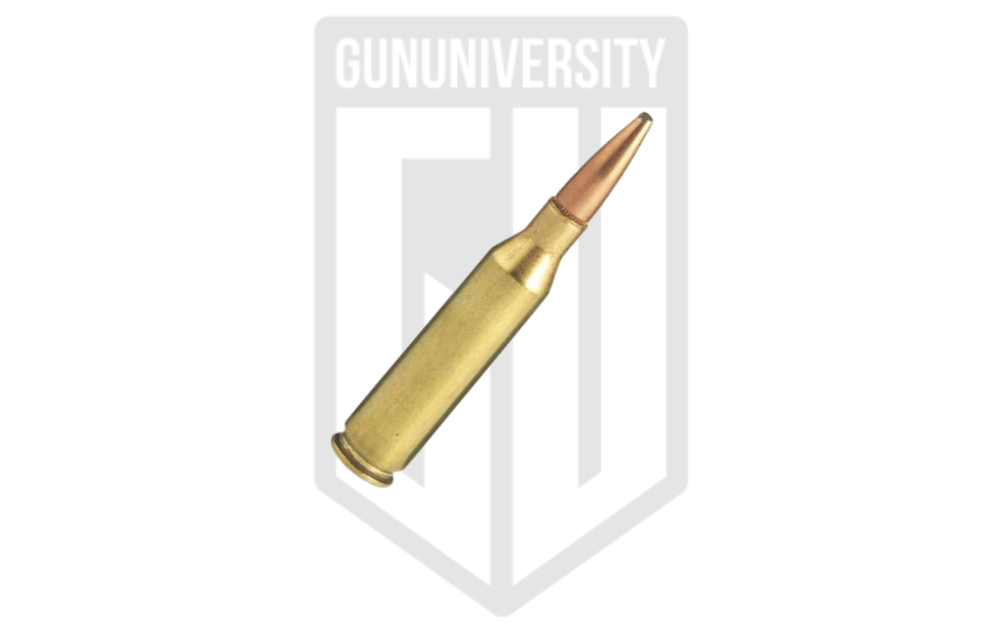
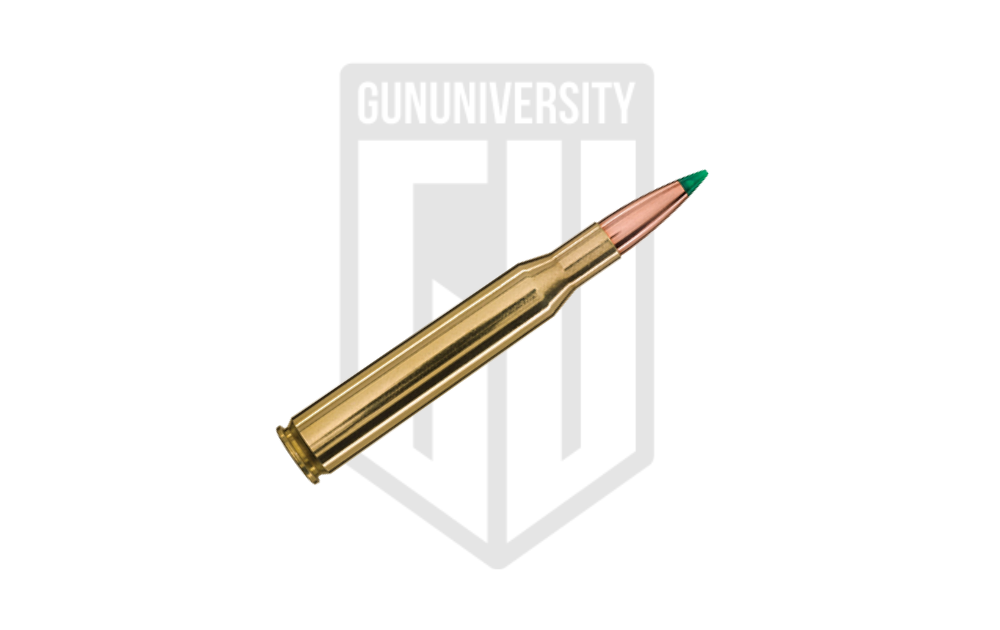

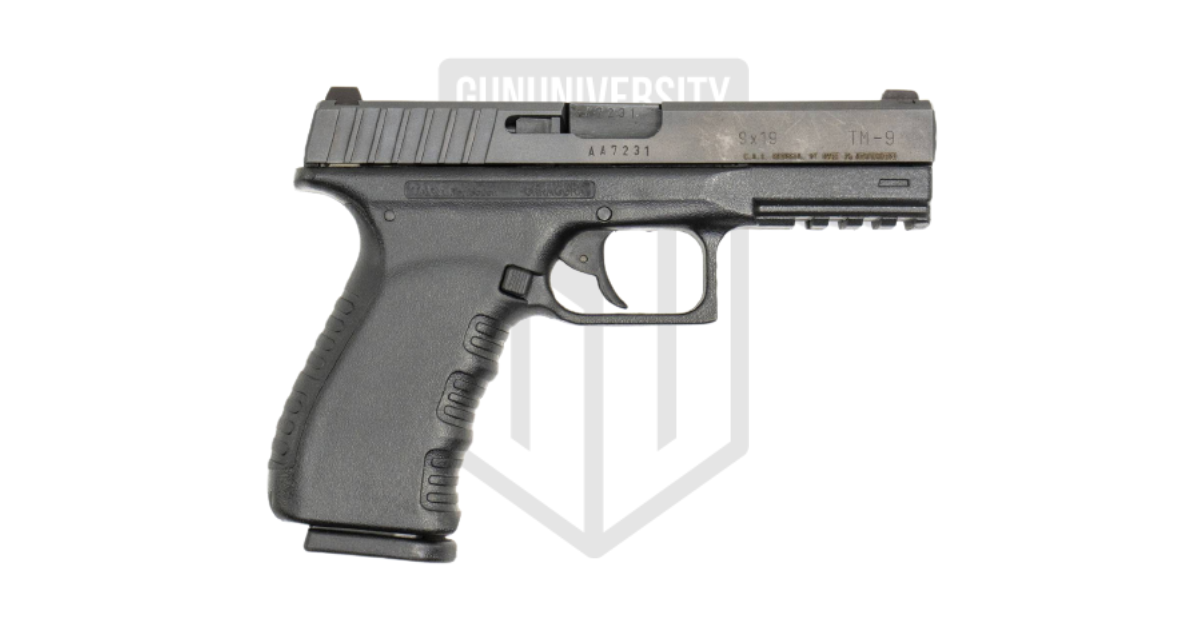
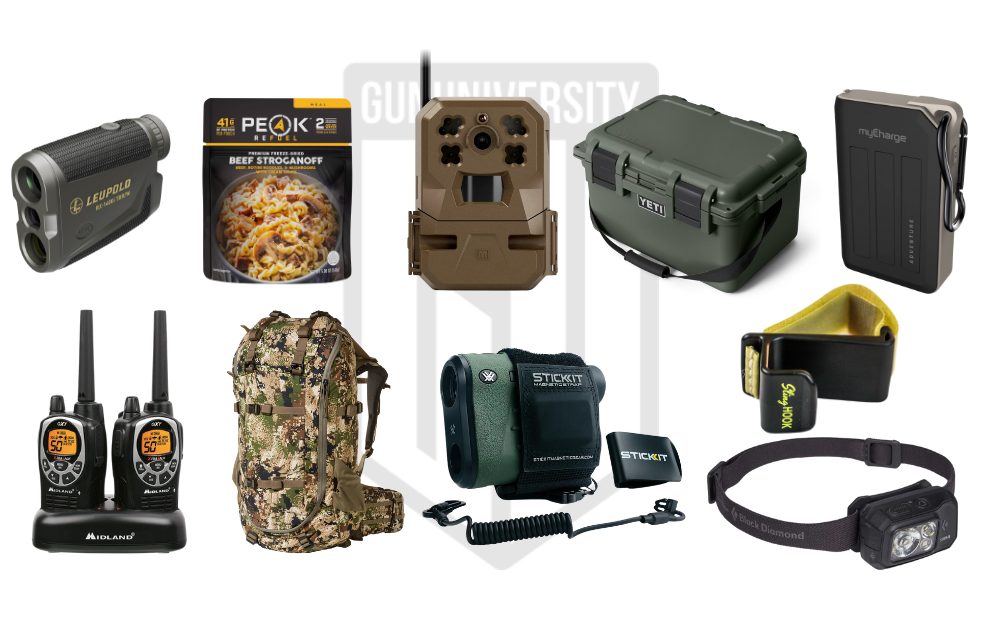
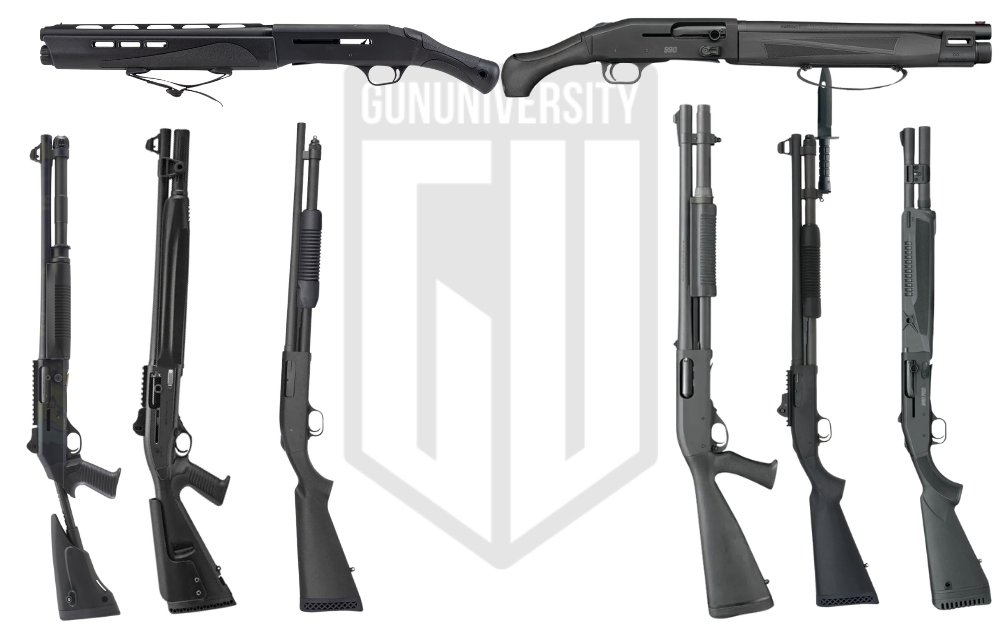
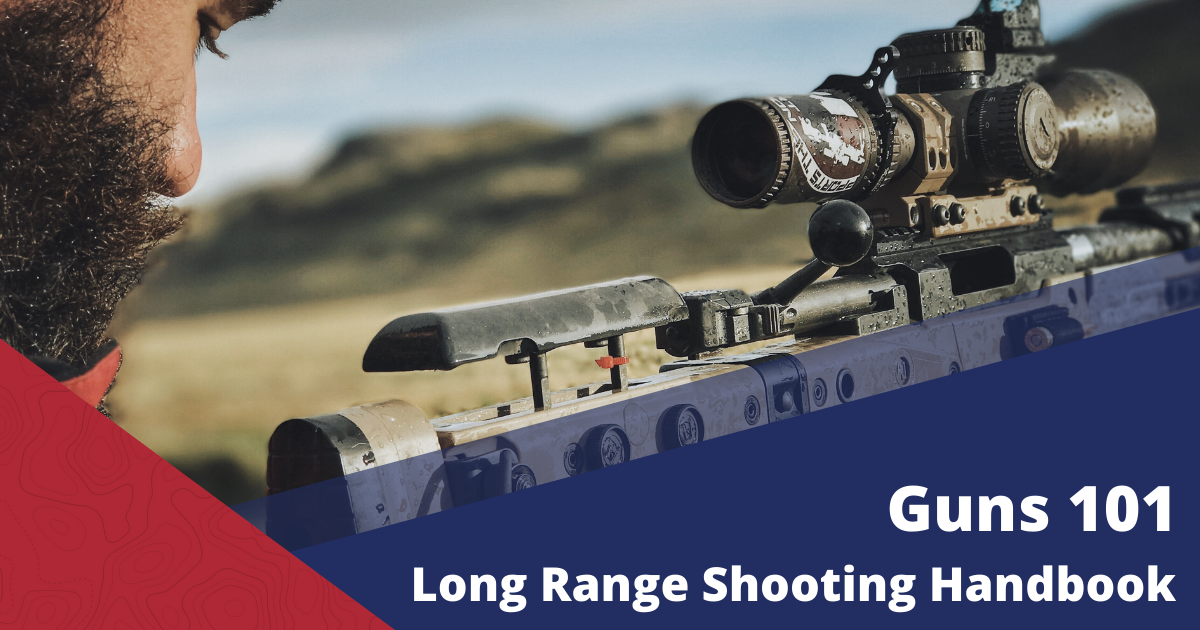
How could you mistake the diameter of 7mm in you opening review?
I don’t see where he did. Everything looks right to me.
7mm=.284
270=.270
NOT THE SAME!!!
Another point not well stated- B.C. Of the same weight bullet is higher in the 7mm not the .270 as stated